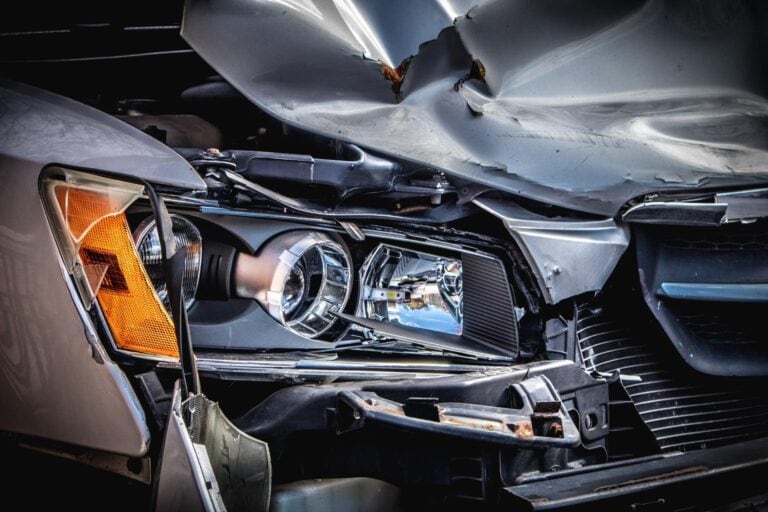Driving for a rideshare service like Uber or Lyft is a great way to earn money. But insurance and liability can get tricky quickly for gig workers and independent contractors.
In the case of an accident or injury, determining who’s at fault and who’s liable for coverage requires a careful look at several factors.
Rideshare drivers should know their rights and responsibilities and know when to seek help. Whether you’ve recently been injured or want to prepare yourself for such an event just in case, let’s take a look at what you need to know.
Rideshare Drivers are Independent Contractors
Most rideshare drivers aren’t considered employees of the companies that pay them to drive. Instead, they are independent contractors providing a service for the company.
Typical liability protections extended to employees injured on the job may not always apply to rideshare drivers. A careful review of the employment contract and local law is required to determine when such protections are valid.
Drivers Are Required to be Insured
All drivers must be insured to operate a motor vehicle. Companies that require employees to drive often provide insurance coverage for cars their staff use. But independent contractors are typically required to maintain private, personal insurance and meet coverage minimums. For example, in California, all drivers must have:
- $15,000 of bodily injury coverage per person injured in an accident
- $30,000 of bodily injury coverage per accident
- $5,000 of property damage per accident
Liability Changes Based on Vehicle Use
There’s a difference between driving your car for personal use and driving it as a rideshare vehicle. As a rideshare driver turns on their app and begins work, there are several distinct phases, each with different liability requirements. For example, California defines four periods:
- Period 0
The rideshare app is off. In this period, drivers are considered private vehicle operators, and their private insurances are liable for injury or accident.
- Period 1
The driver is logged into the rideshare app and ready to work but hasn’t been paired with a ride request or picked up any passengers. During this period, the drivers’ private insurance is still the primary coverage, but the rideshare company may provide additional coverage to help drivers meet minimum coverage requirements.
- Periods 2 and 3
Period 2 is when a driver gets paired with a ride request, and Period 3 is when the driver has a customer in their vehicle. During these periods, the rideshare companies provide more comprehensive coverage for both the driver and passenger. However, injury or damage claims still target the driver’s private insurance first, even during periods 2 and 3.
Laws Vary From State to State
The situation is even more complicated as different states have different requirements and laws regarding rideshare insurance and liability. While there are some federal laws and guidelines, many states have adopted more specific regulations as the rideshare economy has grown and evolved. If you’ve suffered an injury while driving for a rideshare company, you’ll need guidance to understand all of the local level rules and laws governing your insurance claim.
Help is Available
When you’re dealing with the stress of recovering from an injury, the last thing you need is a complicated insurance process creating frustration and uncertainty. With the layered and nuanced nature of rideshare regulations, it is best to get the help of some experts in your area who can help you get the compensation you deserve.
At Hann Law Firm, our purpose is to advocate for you in the face of these challenges. We’ll get you the compensation you need to heal and move forward with your life. Fighting for fair treatment from insurance companies and big businesses can seem like an uphill battle, but we’ll protect your interests every step of the way. We have a long, proven track record of success in San Jose and throughout California – you can trust us when it’s most important. Contact us today and let us fight for you.



